Ships are an important part of human history, and those used in the 20th century are especially significant. It was a time of great changes and technological achievements, which was also reflected in the development of ships.
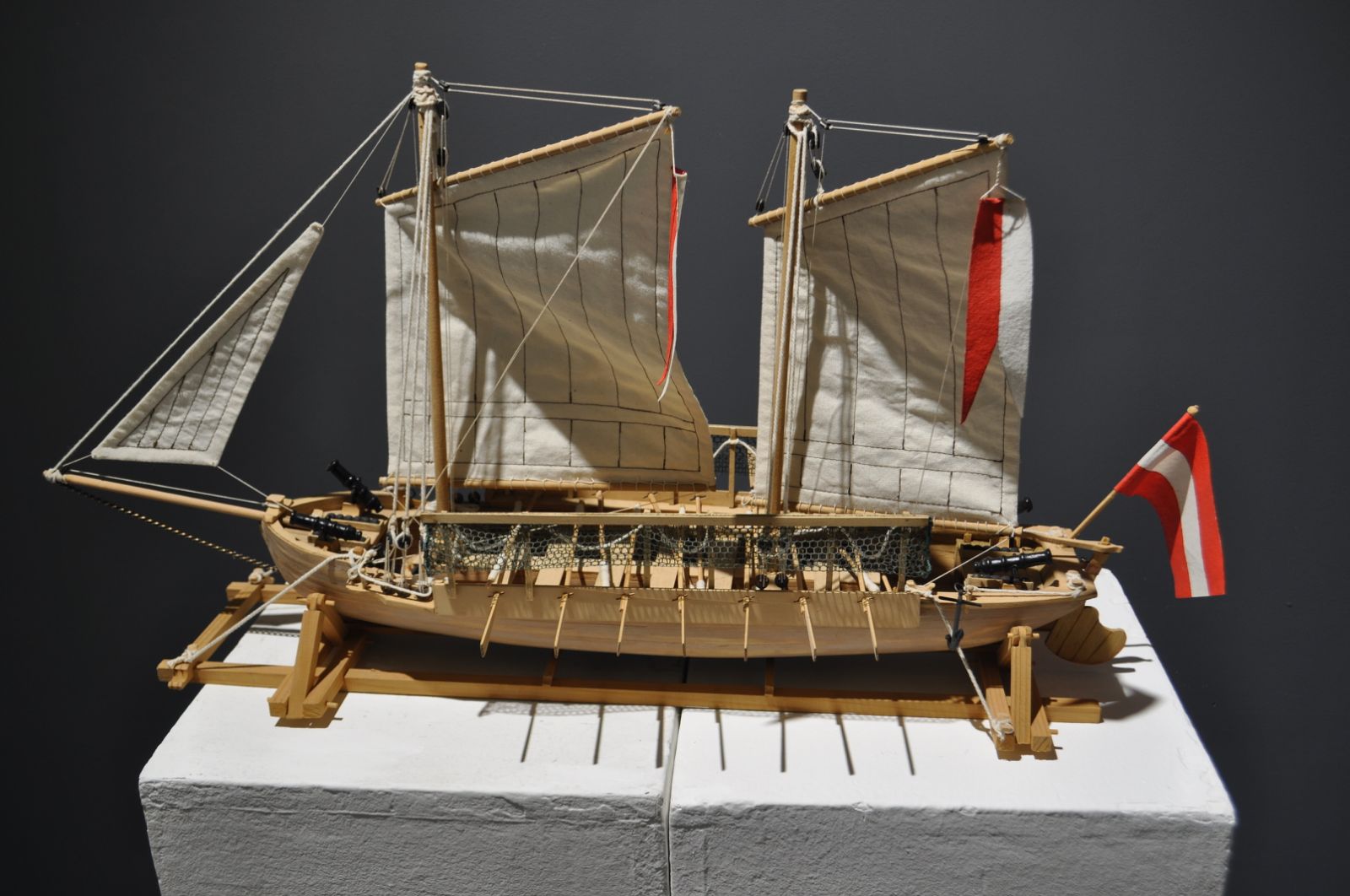
In the 20th century, many different types of ships were used, such as seagoing ships for the transport of goods, oil tankers for the transport of oil, container ships for the transport of containers, passenger ships for the transport of people, warships for defense and attack, as well as ships for specialized purposes such as research and rescue services.
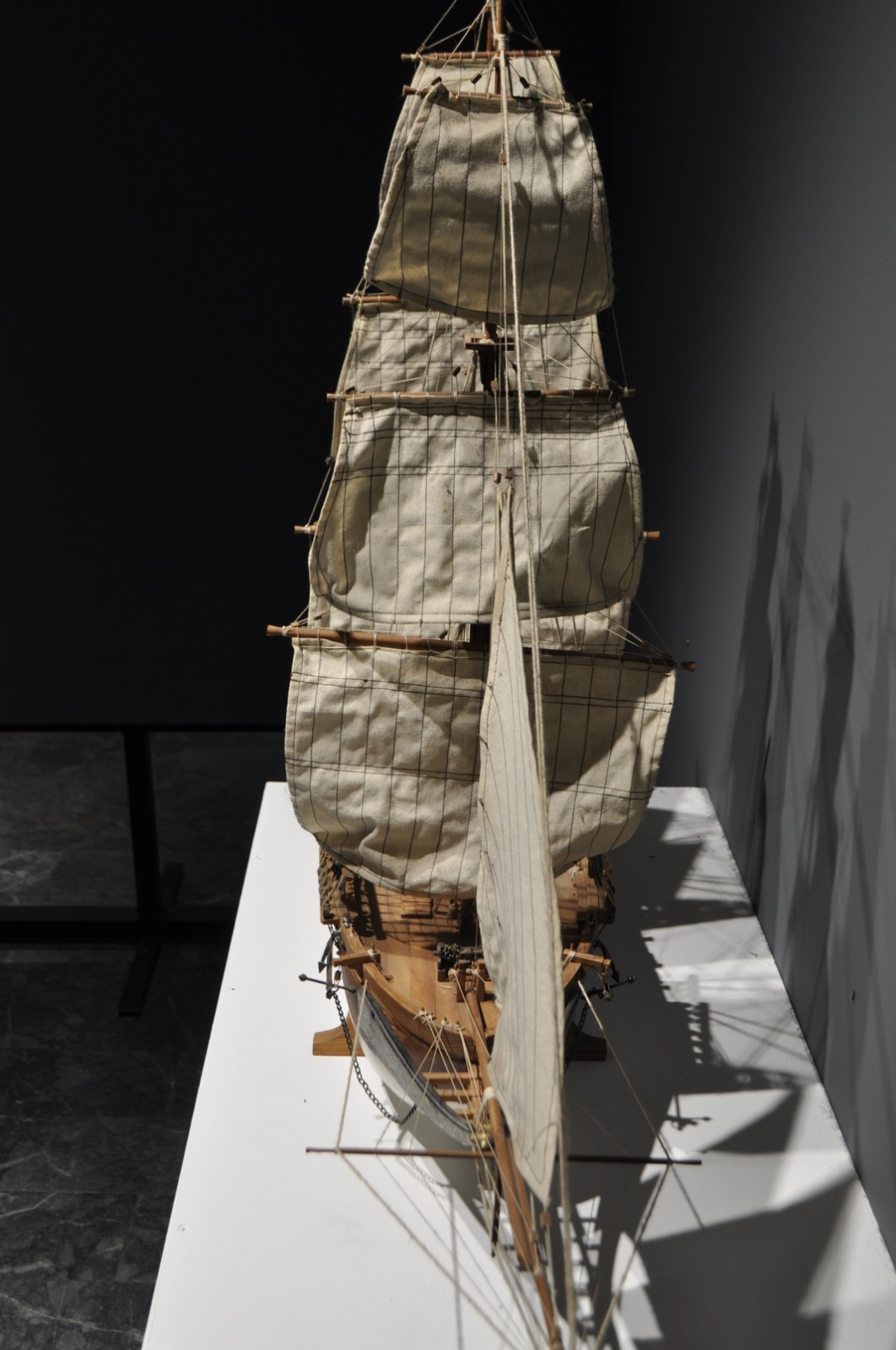
Seagoing ships were one of the most important types of ships in the 20th century, as they served to transport goods around the world. They developed over the course of the century, from smaller, simpler ships with open hulls to larger, more modern ships with closed hulls that could transport huge quantities of goods.
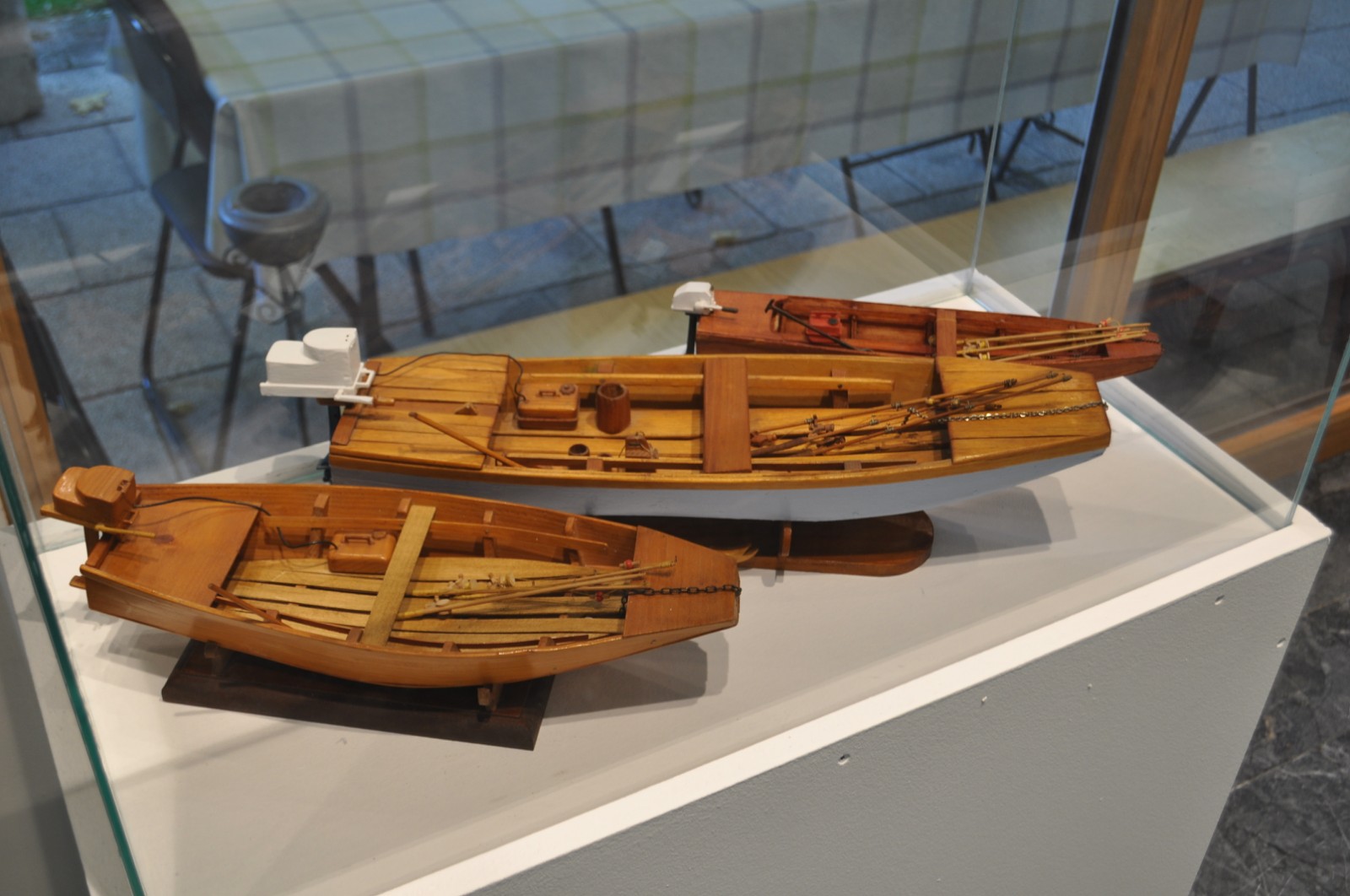
Tankers were also an important part of maritime transport in the 20th century, as they were used to transport oil and other liquid fuels. They were very important for the development of the industry and economy of many countries, because they enabled the fast and efficient distribution of fuel around the world.
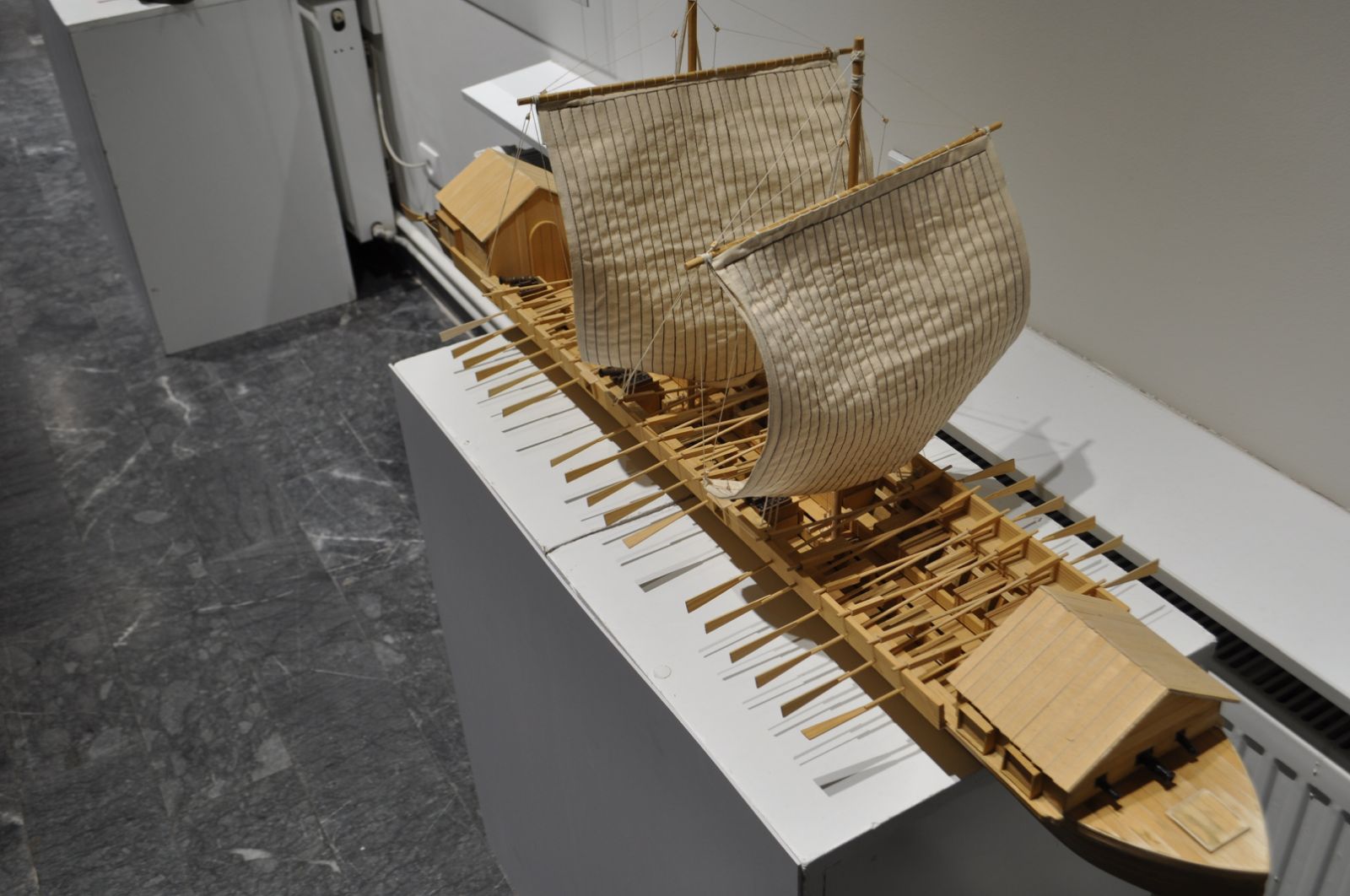
Container ships also became popular in the 20th century, as they enabled the efficient transport of goods in standardized containers. These ships made it possible to send goods around the world faster and cheaper, which significantly contributed to the development of trade and the economy.
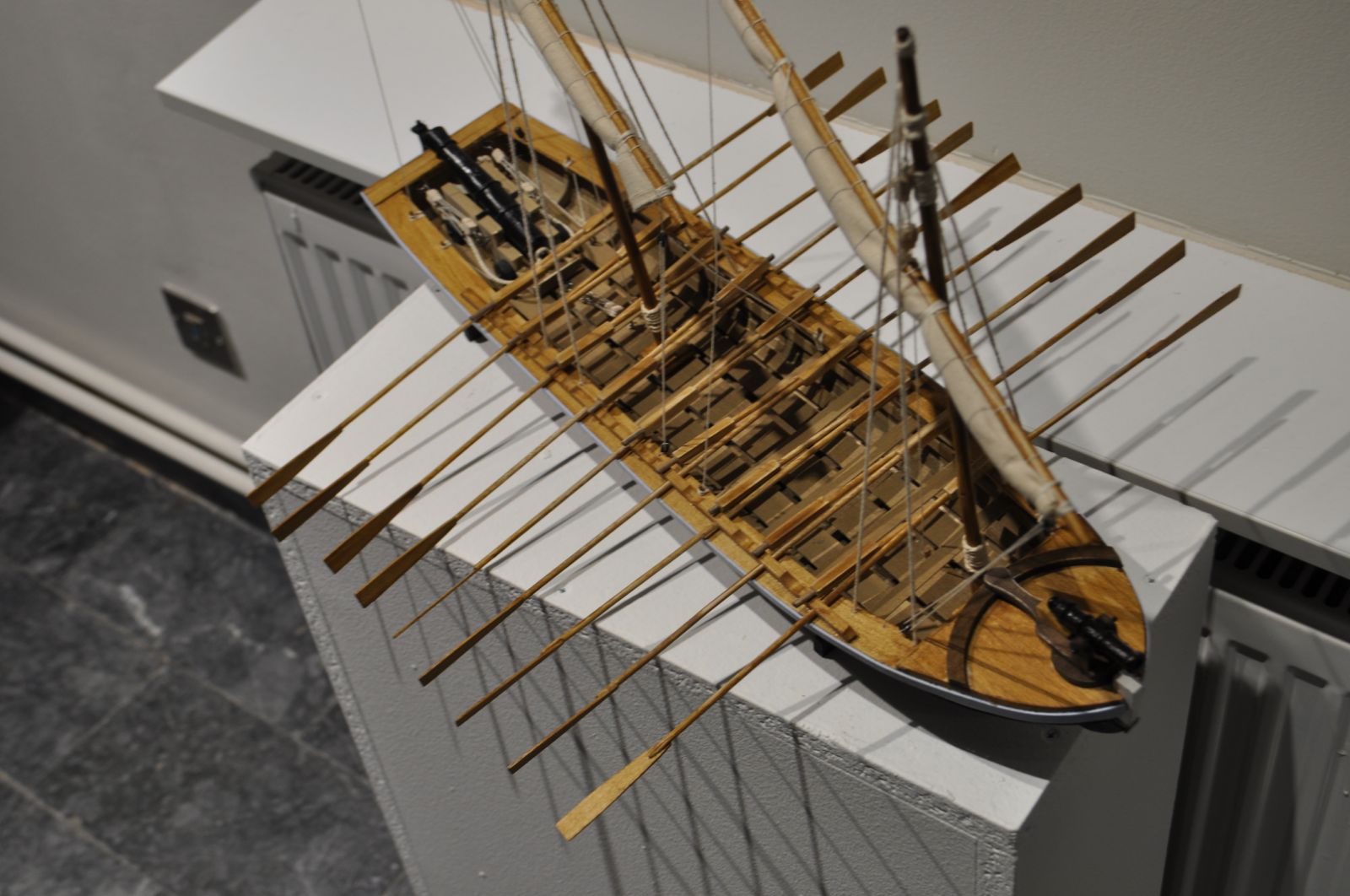
Passenger ships were also an important part of maritime transport in the 20th century, as they were used to transport people over long routes. They were popular for tourist trips, but were also used for long-term cruises, such as "cruisers".
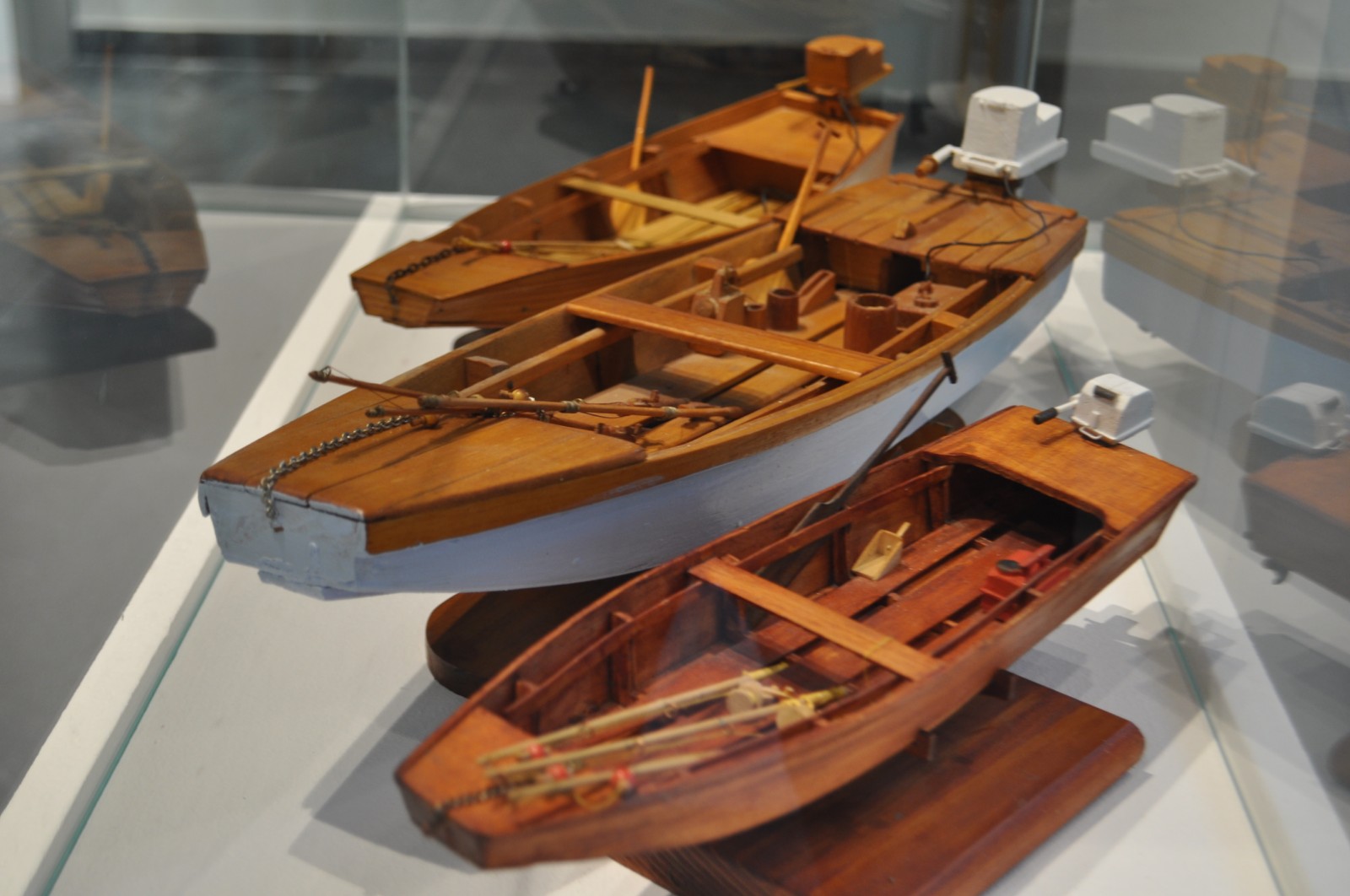
Warships were also an important part of naval forces in the 20th century. They were used for defense and offense, and were equipped with various weapons and technologies. Many different types of warships were used in the 20th century, including anti-submarine warfare ships, battlecruisers, missile ships, and aircraft carriers.
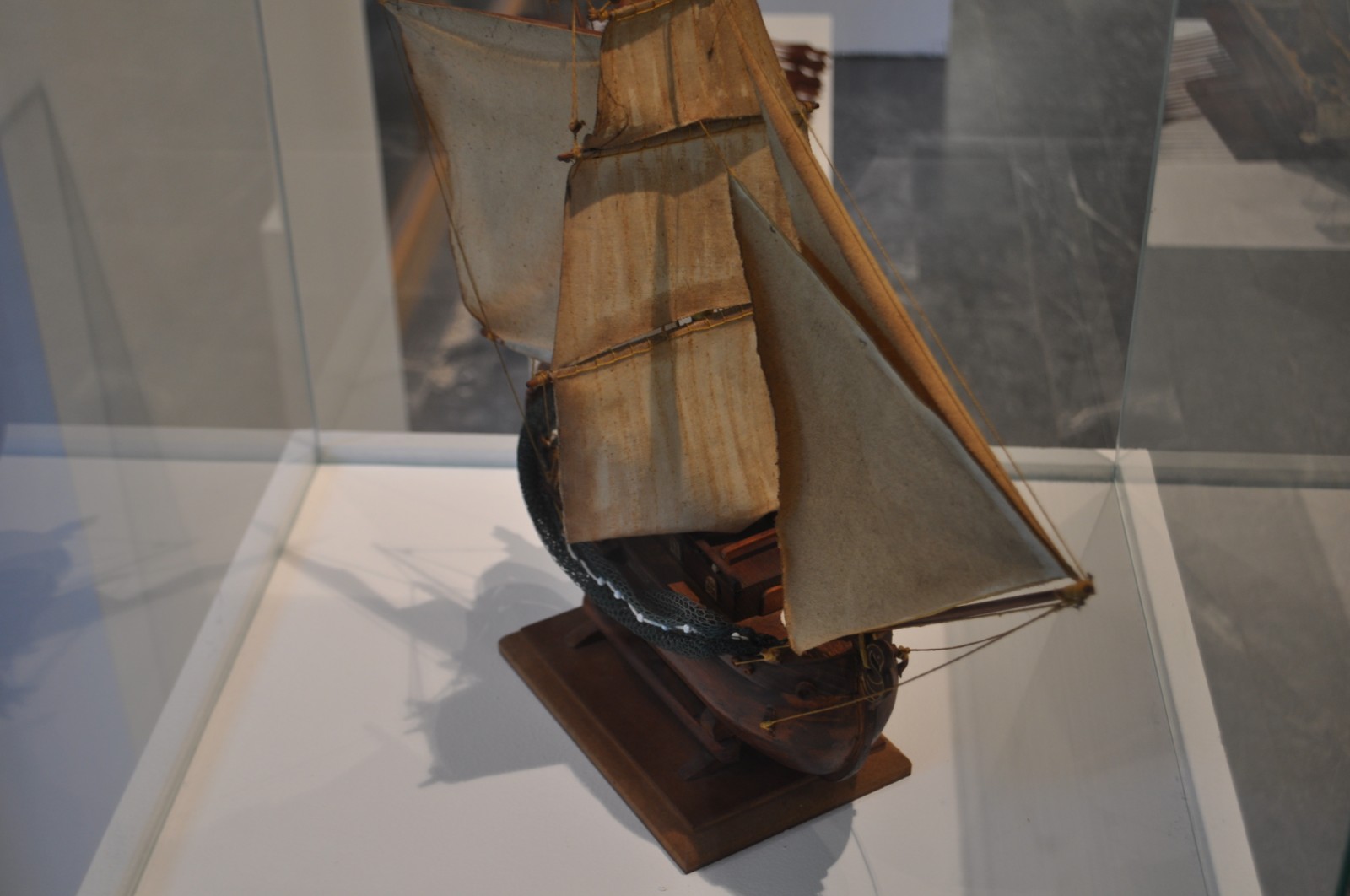
Ships for specialized purposes were also important in the 20th century. These ships were used for research, such as ocean research ships or Arctic research ships. They were also used for rescue services, such as rescue ships at sea or fire-fighting ships at sea.
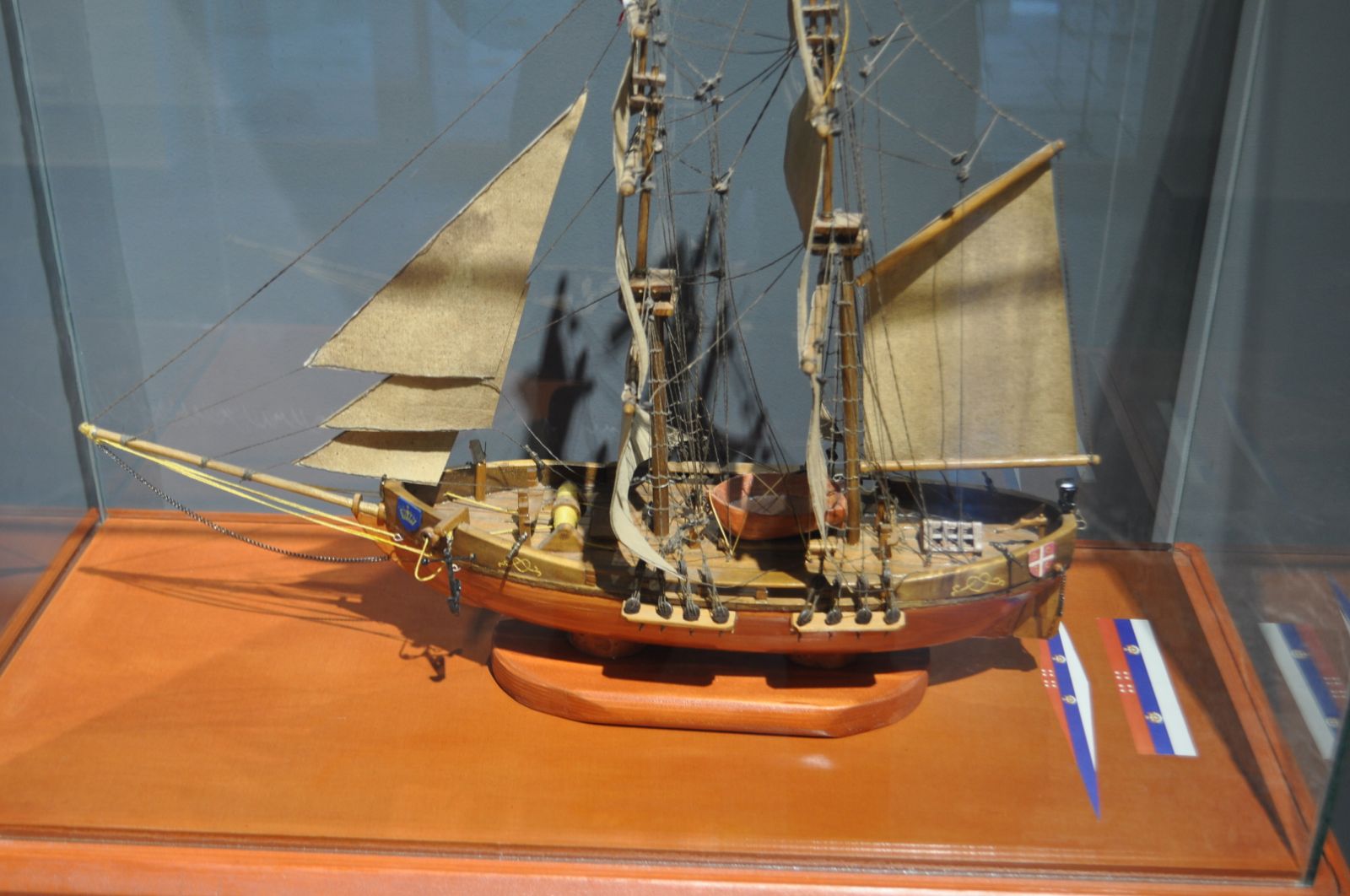
In the 20th century, recreational vessels, such as yachts and catamarans, were also used for sailing and recreation at sea.
Overall, ships were an important part of human history in the 20th century, and contributed to the development of technology and the economy of many countries. They have been used for a variety of purposes, from transporting goods and people to warfare and exploration, and continue to be an important part of our world today.

After World War II, advances in technology led to great advances in shipbuilding. Ships have become bigger, faster and safer than ever before.

One of the greatest achievements in shipbuilding in the 20th century was the appearance of the supertanker. These ships were very large and could transport huge quantities of oil, which significantly reduced transportation costs and contributed to the development of the industry. However, supertankers have also been associated with some environmental problems, such as sea pollution and air pollution.
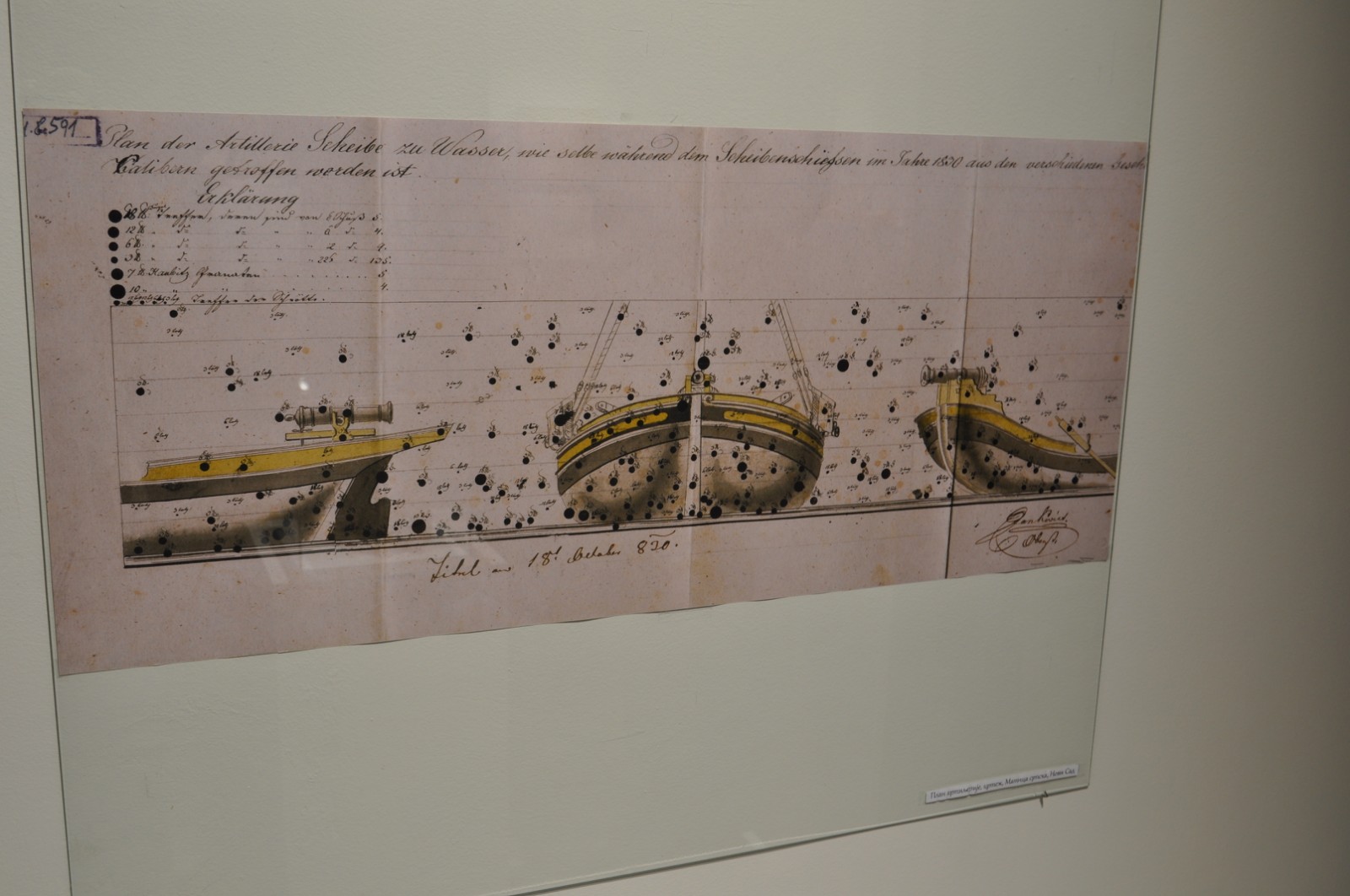
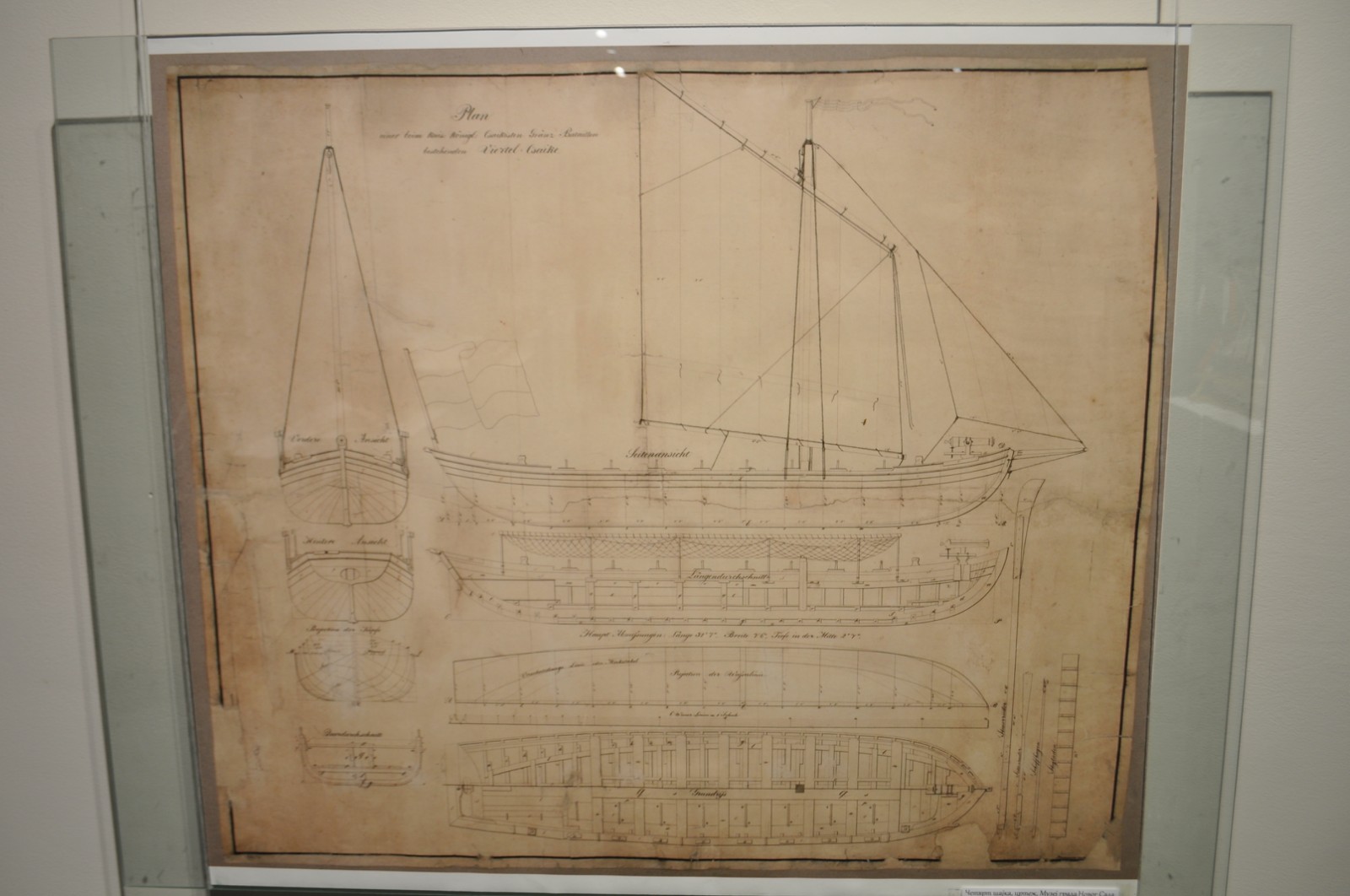
Another important type of ship in the 20th century was the container ship. These ships enabled the efficient transport of goods in standardized containers, which significantly reduced transport costs and contributed to the development of trade.
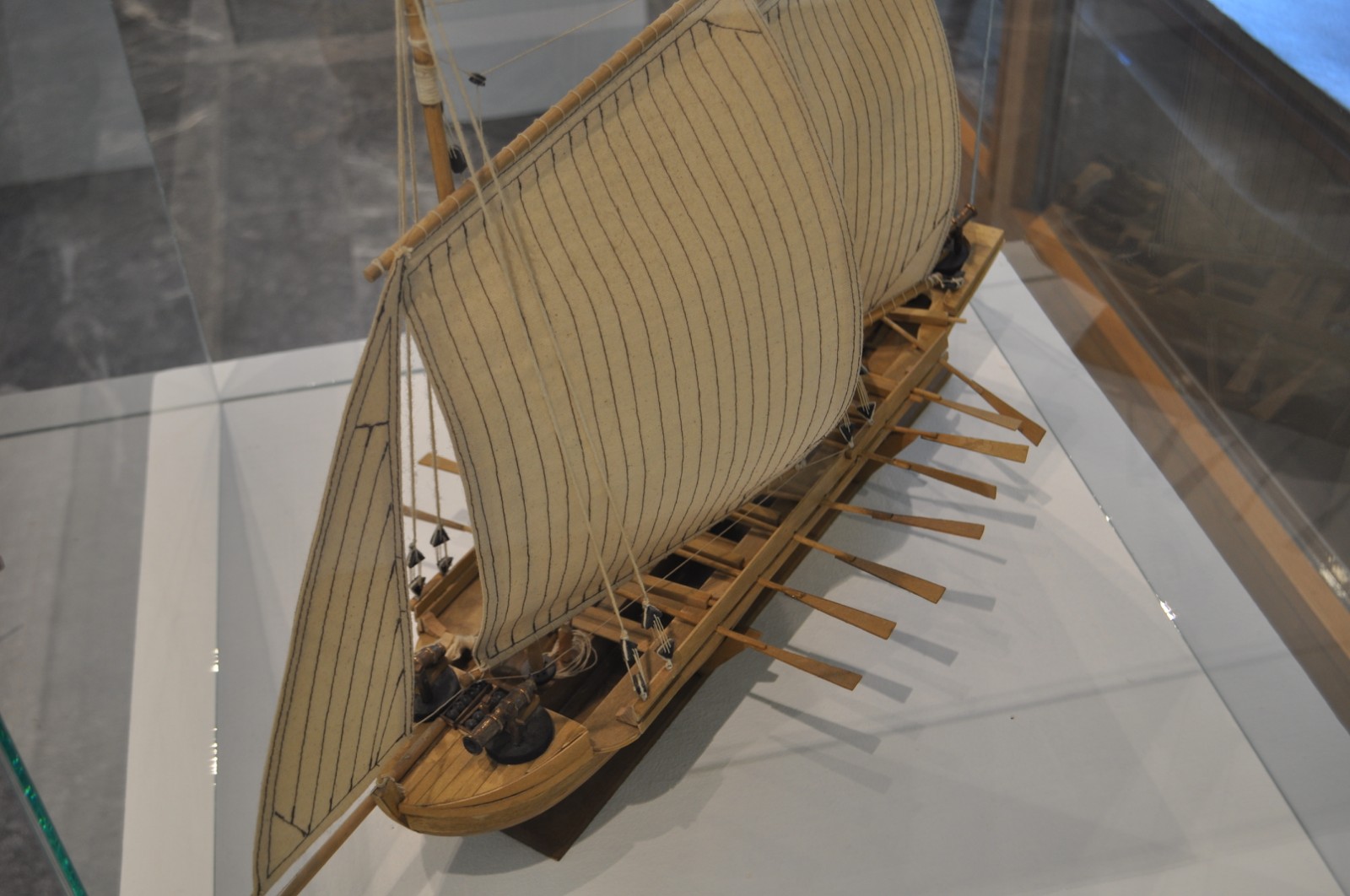
Passenger ships also had a major impact in the 20th century. They were used for tourist trips, but they were also used for long-term cruises, which allowed people to visit different parts of the world and explore new cultures.
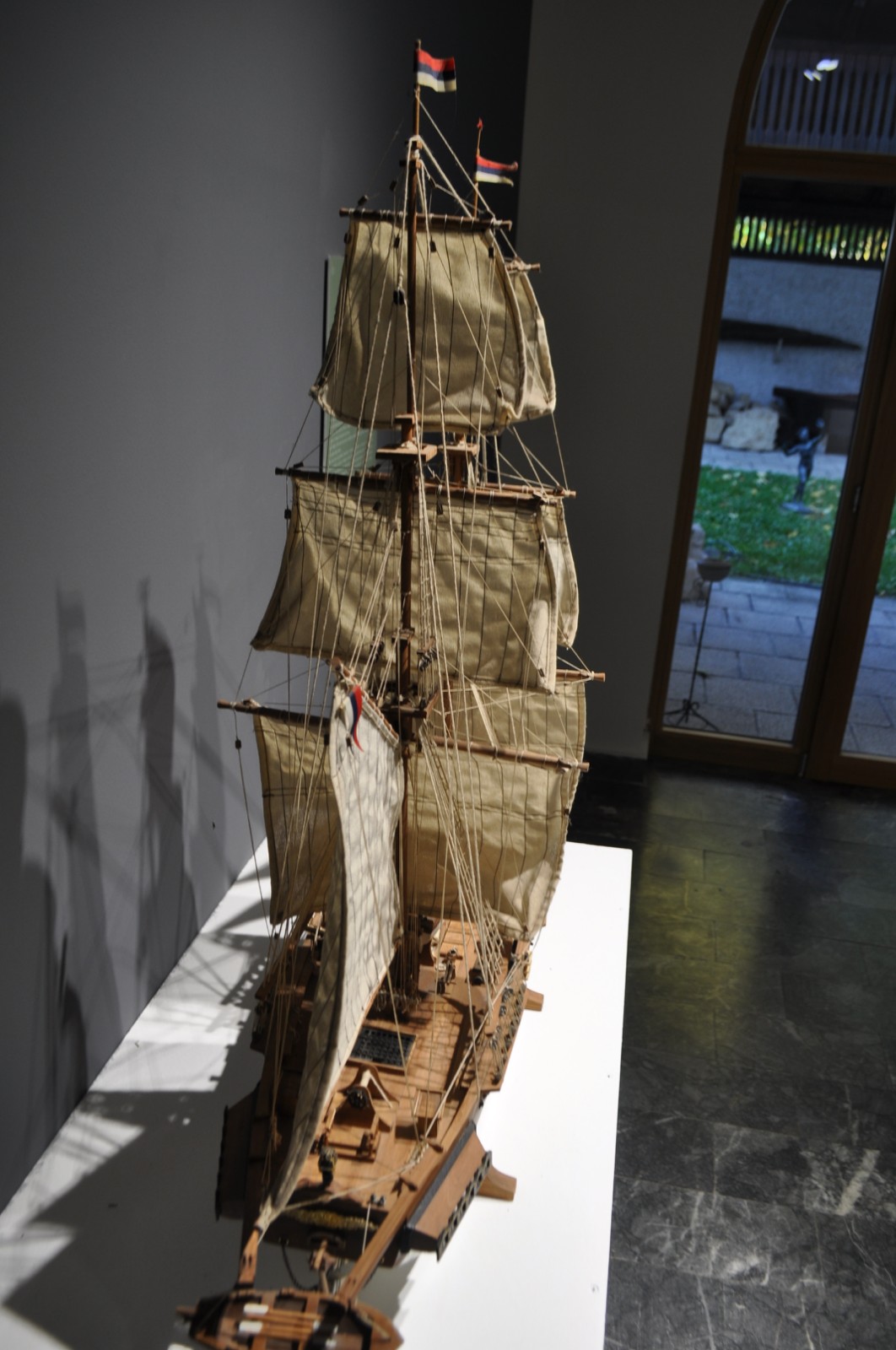
Warships also evolved during the 20th century. After World War II, the development of new weapons and technologies led to the emergence of new types of warships, such as aircraft carriers and missile ships. These ships had a significant impact on military strategies and tactics.
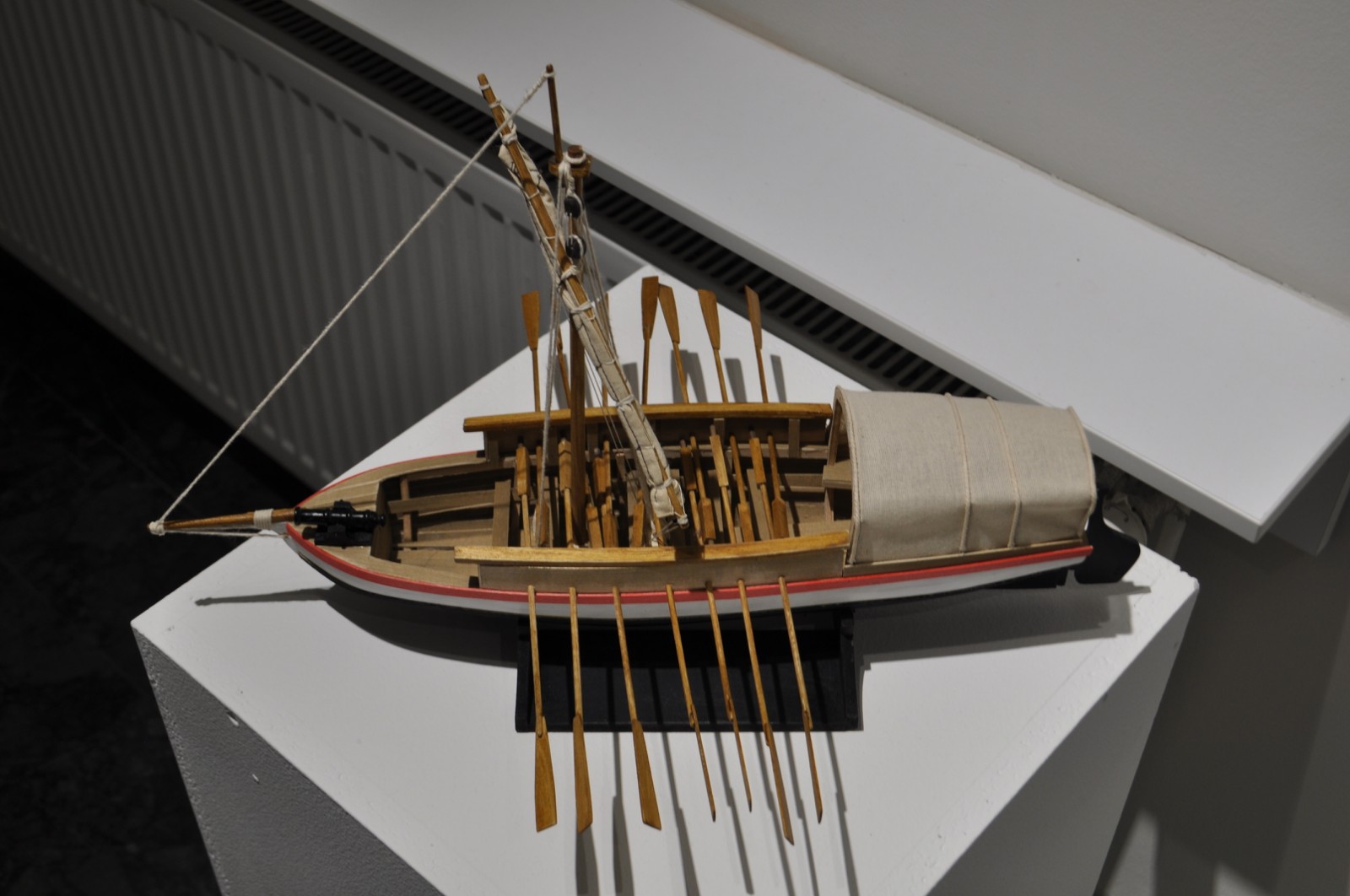
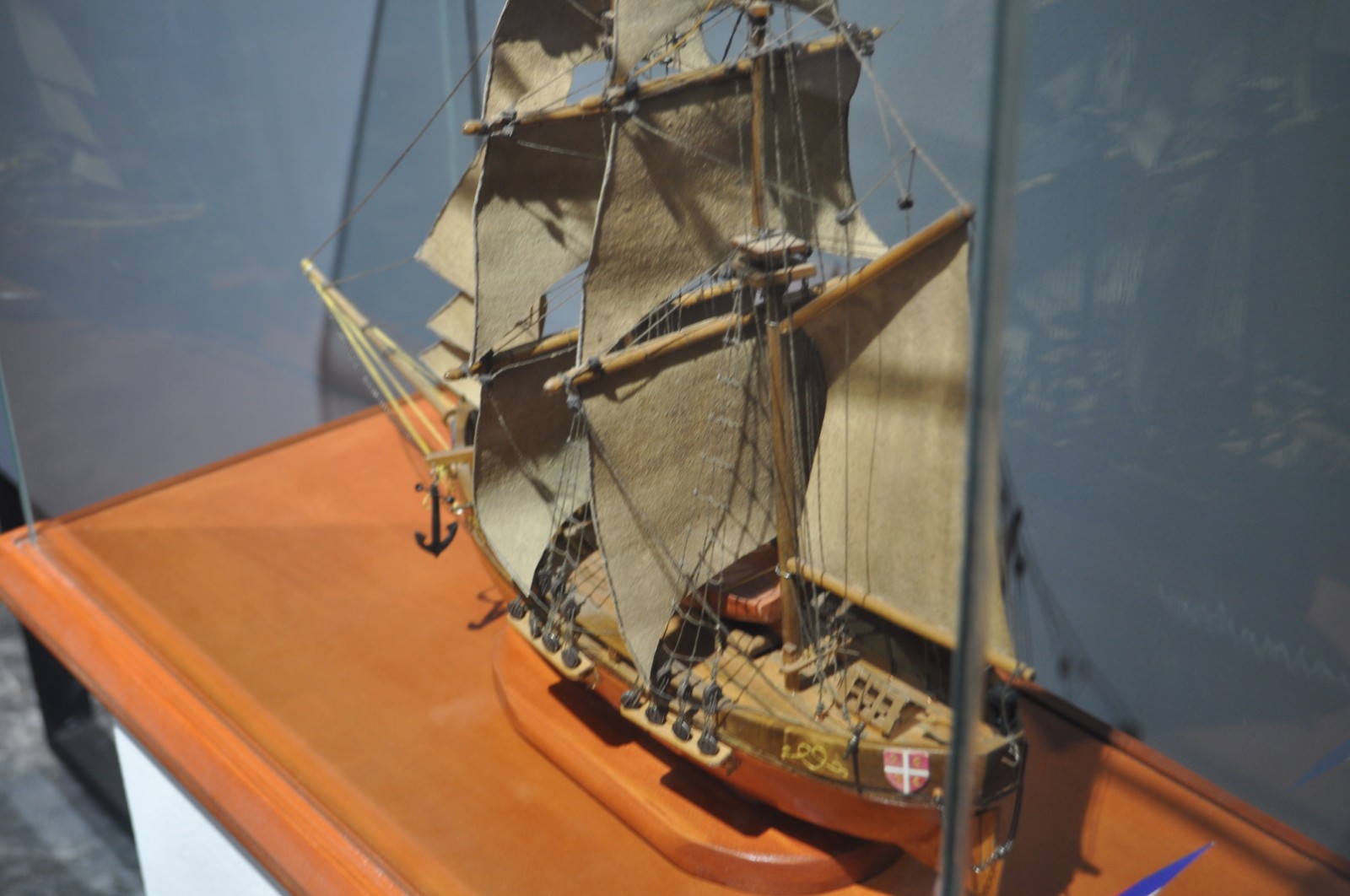
In addition to all of the above, ships also served a variety of other purposes in the 20th century, such as research and rescue services. Research ships were used to explore the ocean and other areas, while rescue ships were used to help people in distress at sea.
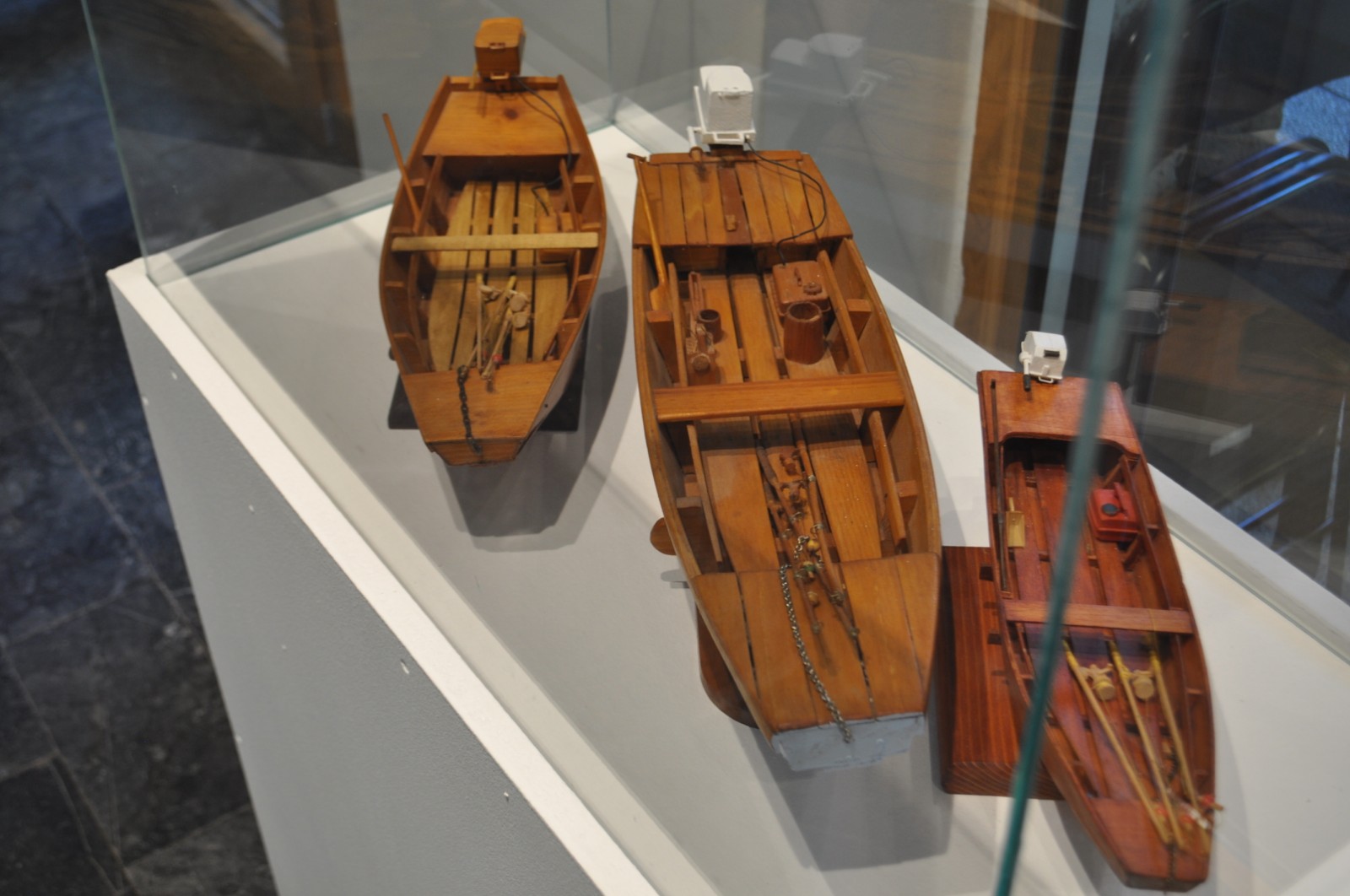
Overall, the 20th century was a century of great progress in shipbuilding, and different types of ships had a significant impact on the development of technology, economics, and military strategy.
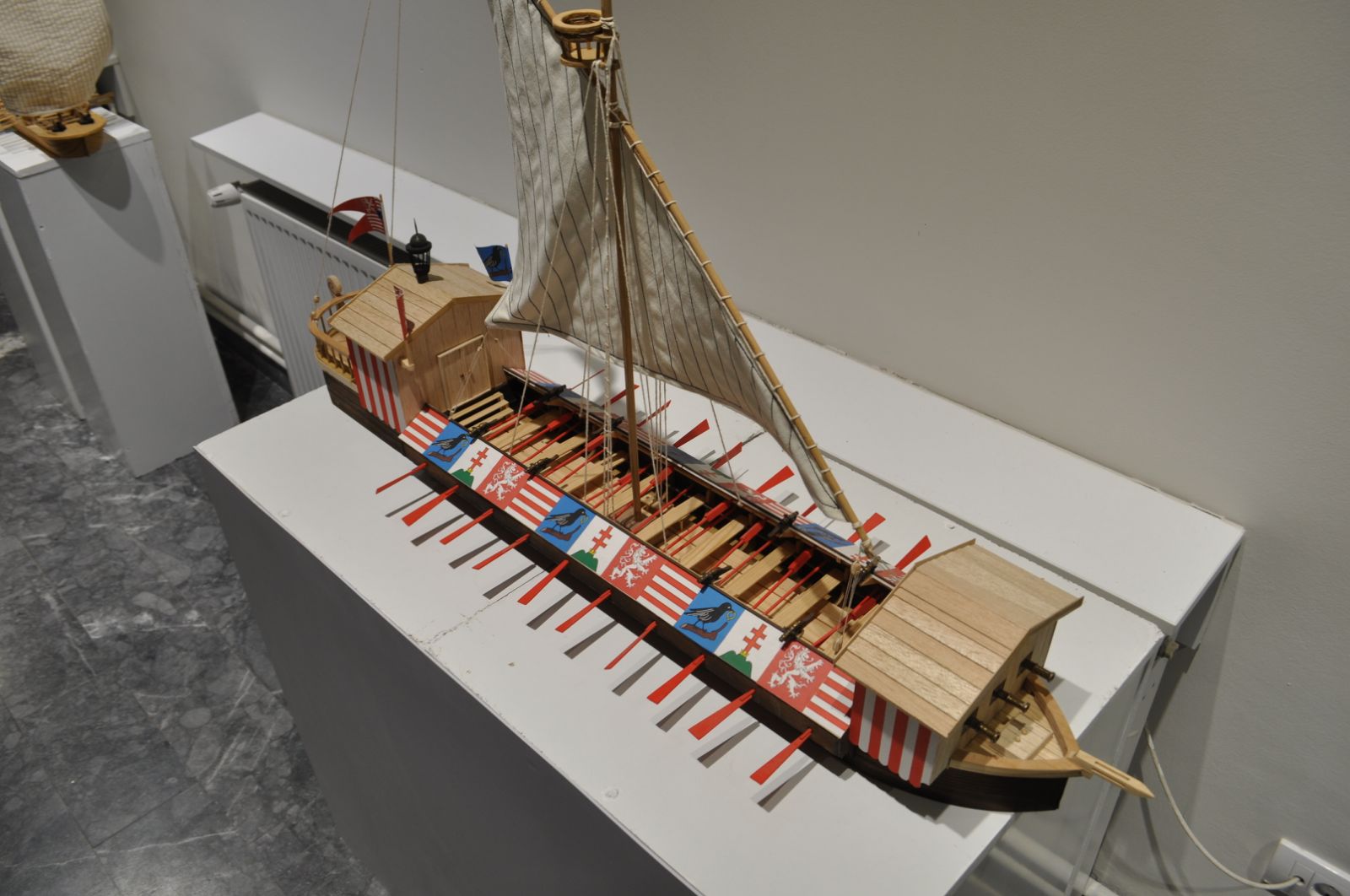
Today, ships continue to play an important role in our world, and are used for a variety of purposes, from transporting goods and people to recreation and exploration.
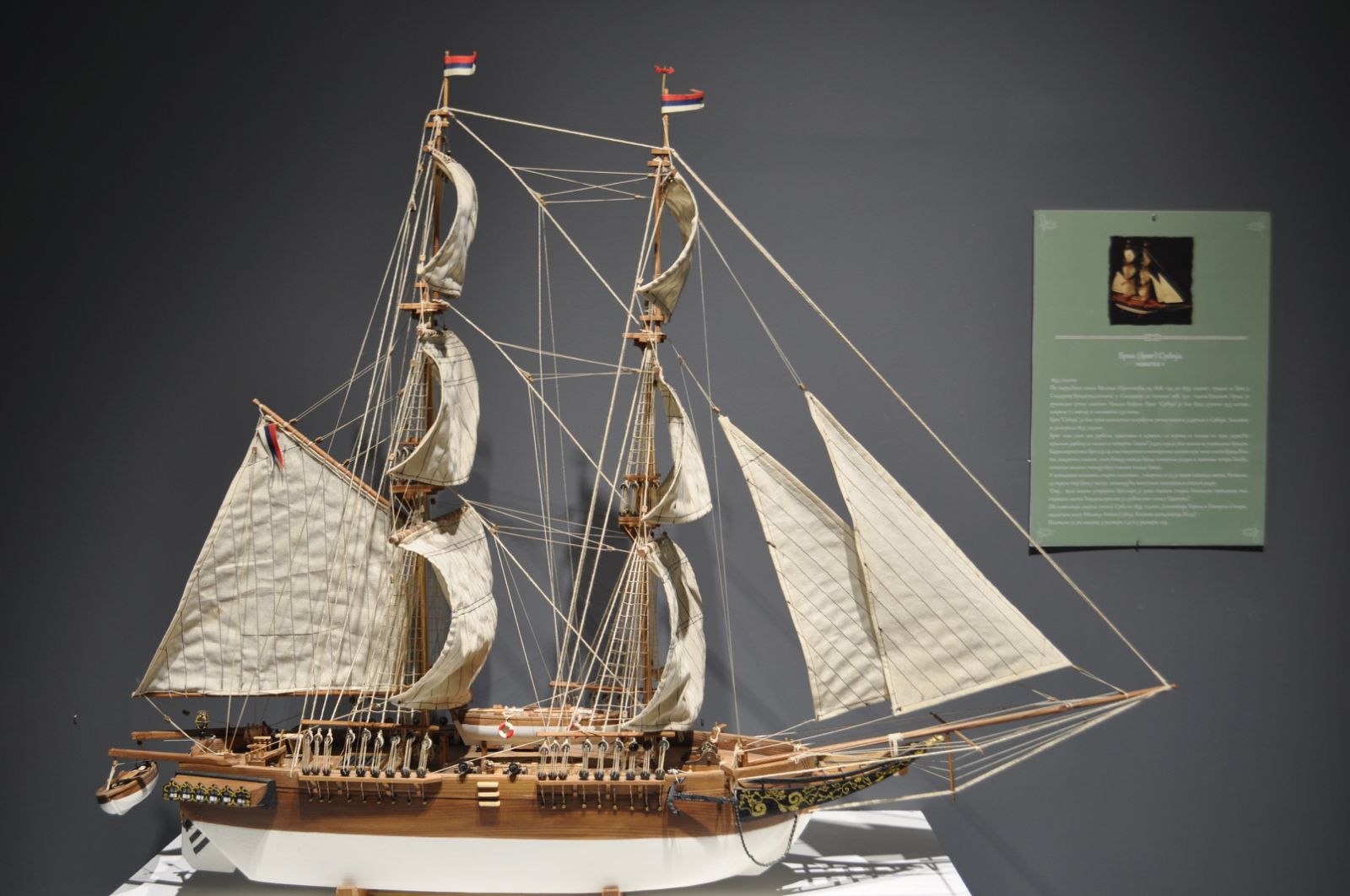
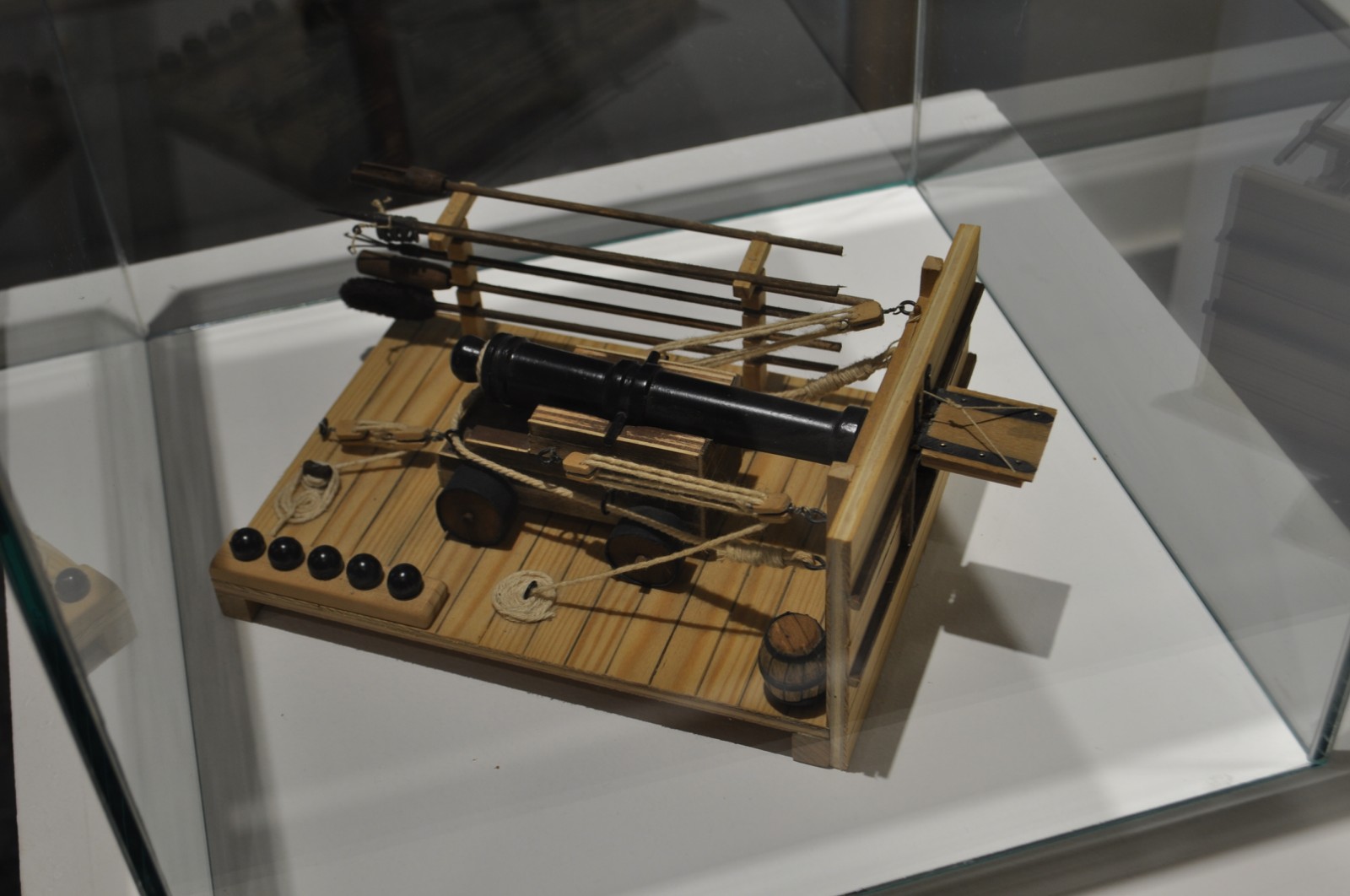
In the 21st century, ships have continued to evolve and develop, and many different types of ships are still in use today. Maritime vessels are still an important part of the transportation industry, and tankers are still crucial for the transportation of oil and other liquid fuels. Container ships are still popular for transporting goods, and passenger ships are still a popular option for sightseeing and cruises.

Warships have also evolved in the 21st century, and many different types are in use today, including aircraft carriers, missile ships, and anti-submarine warfare ships. Vessels for specialized purposes, such as research and rescue vessels, also remain important in the 21st century.

Research ships were used to explore the oceans and other areas, while rescue ships were still used to help people in distress at sea. Recreational vessels, such as yachts and catamarans, also remain popular in the 21st century.
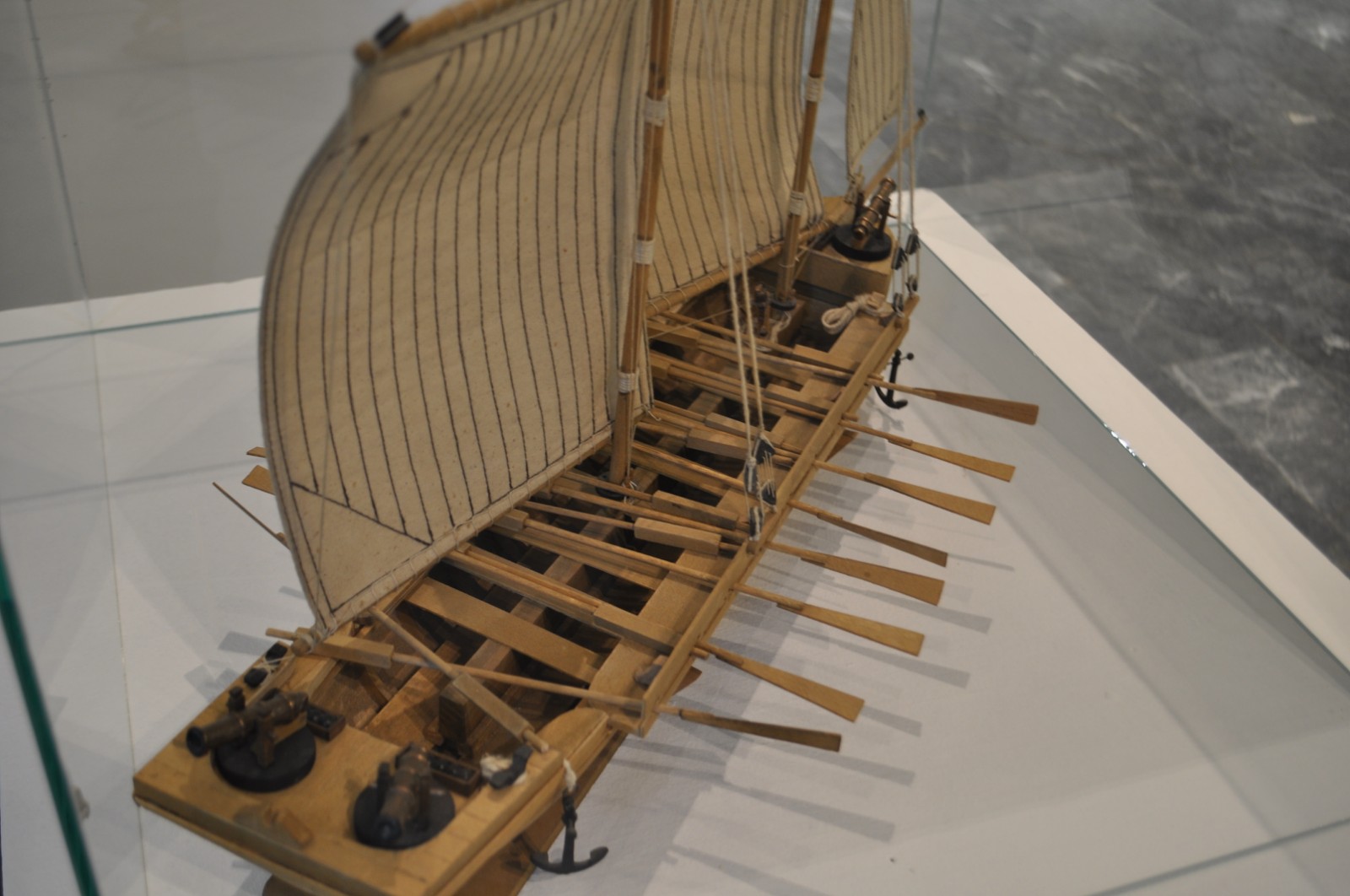
Overall, ships are still an important part of our world and play a key role in various industries and purposes. They have evolved greatly over the course of the 20th century, and are likely to continue to evolve in the future.
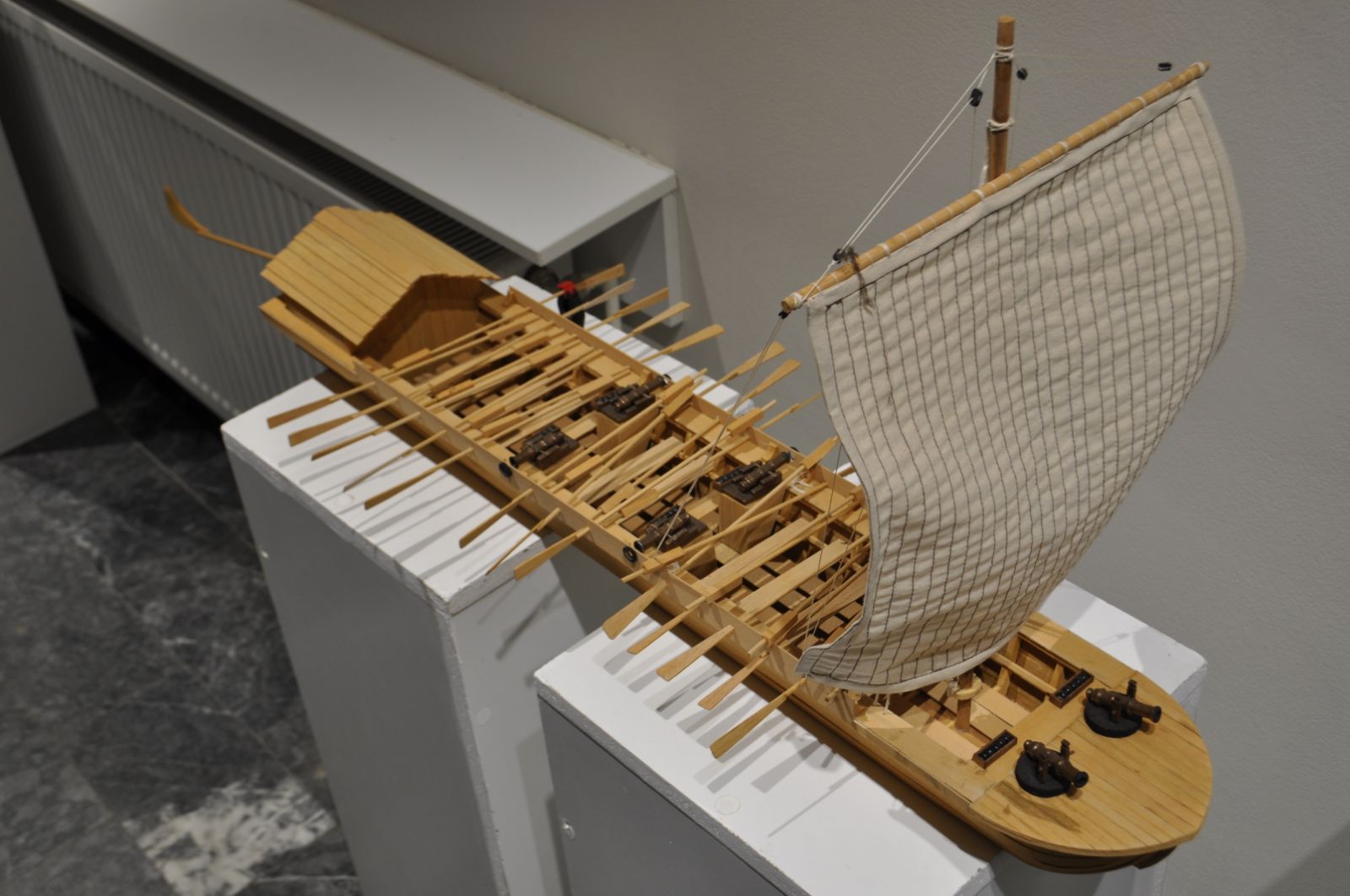
Ships have always played an important role in human history, as they enabled the transport of goods and people across seas and oceans. In the 20th century, ships developed a lot, and were used for a variety of purposes, from transporting goods and people to exploration and warfare.


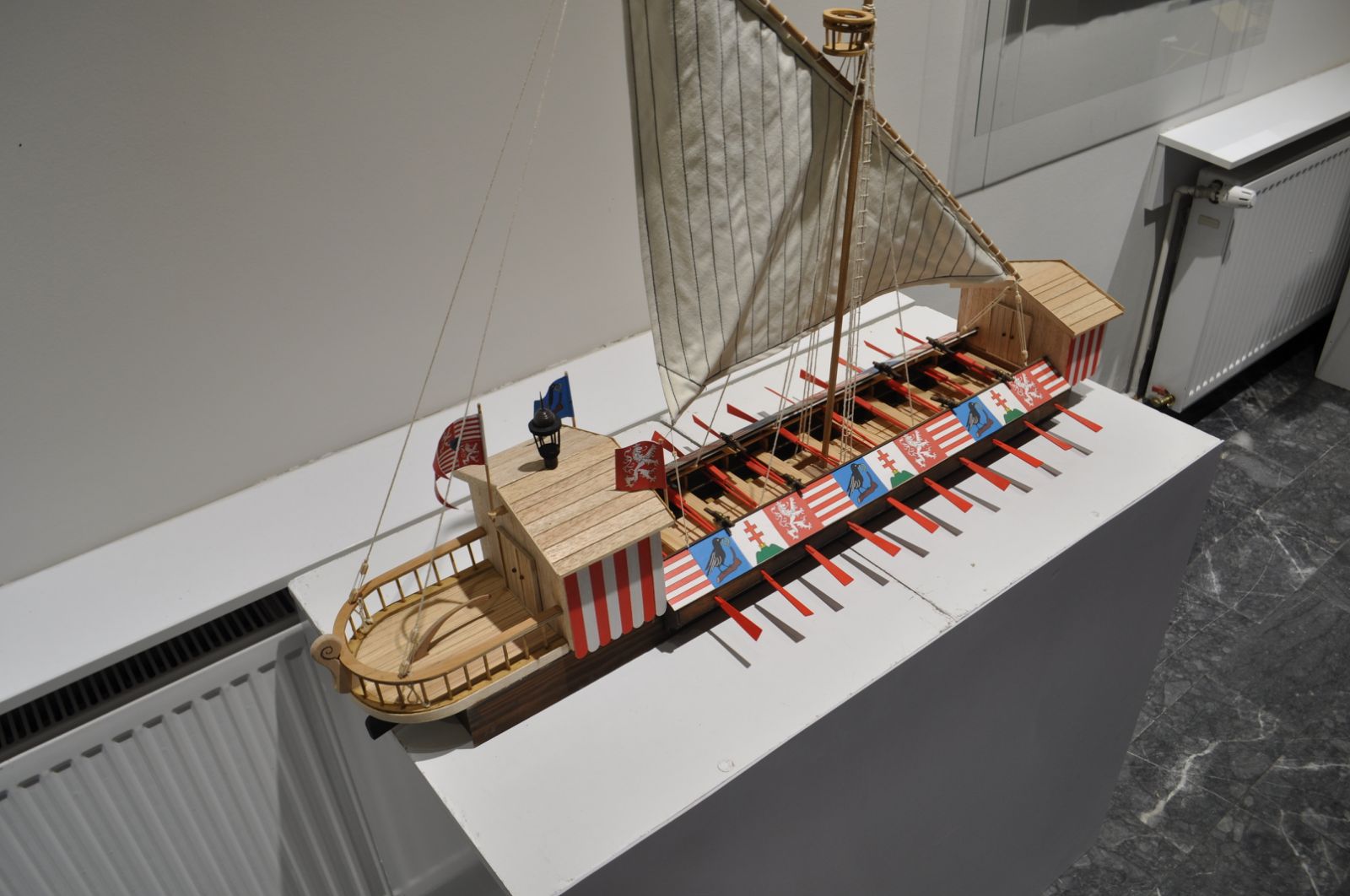
Ships evolved during the 20th century thanks to advances in technology and achievements in construction. Modern ships are faster, bigger and safer than ever before, and are used to transport goods, oil and people around the world.
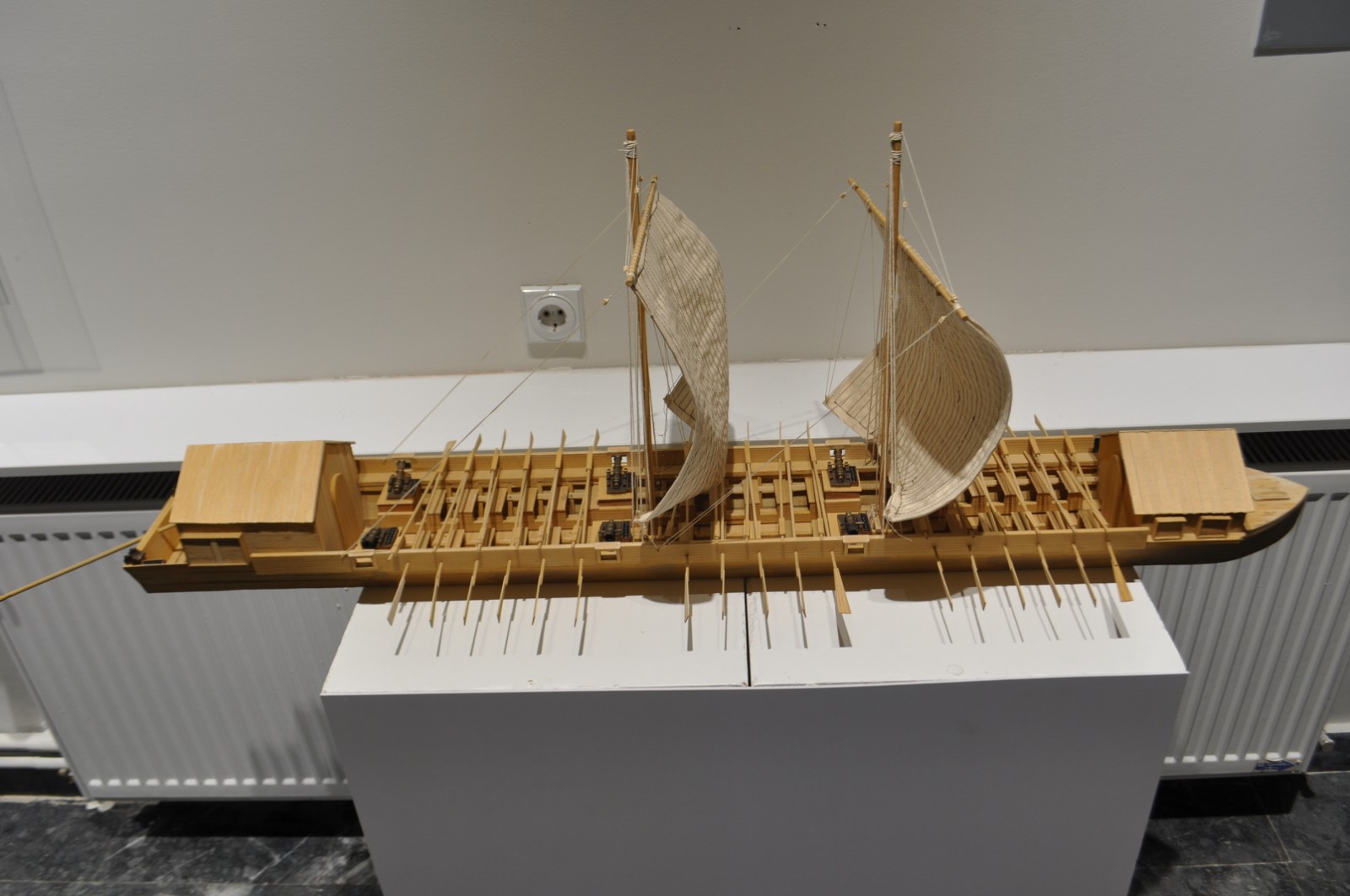
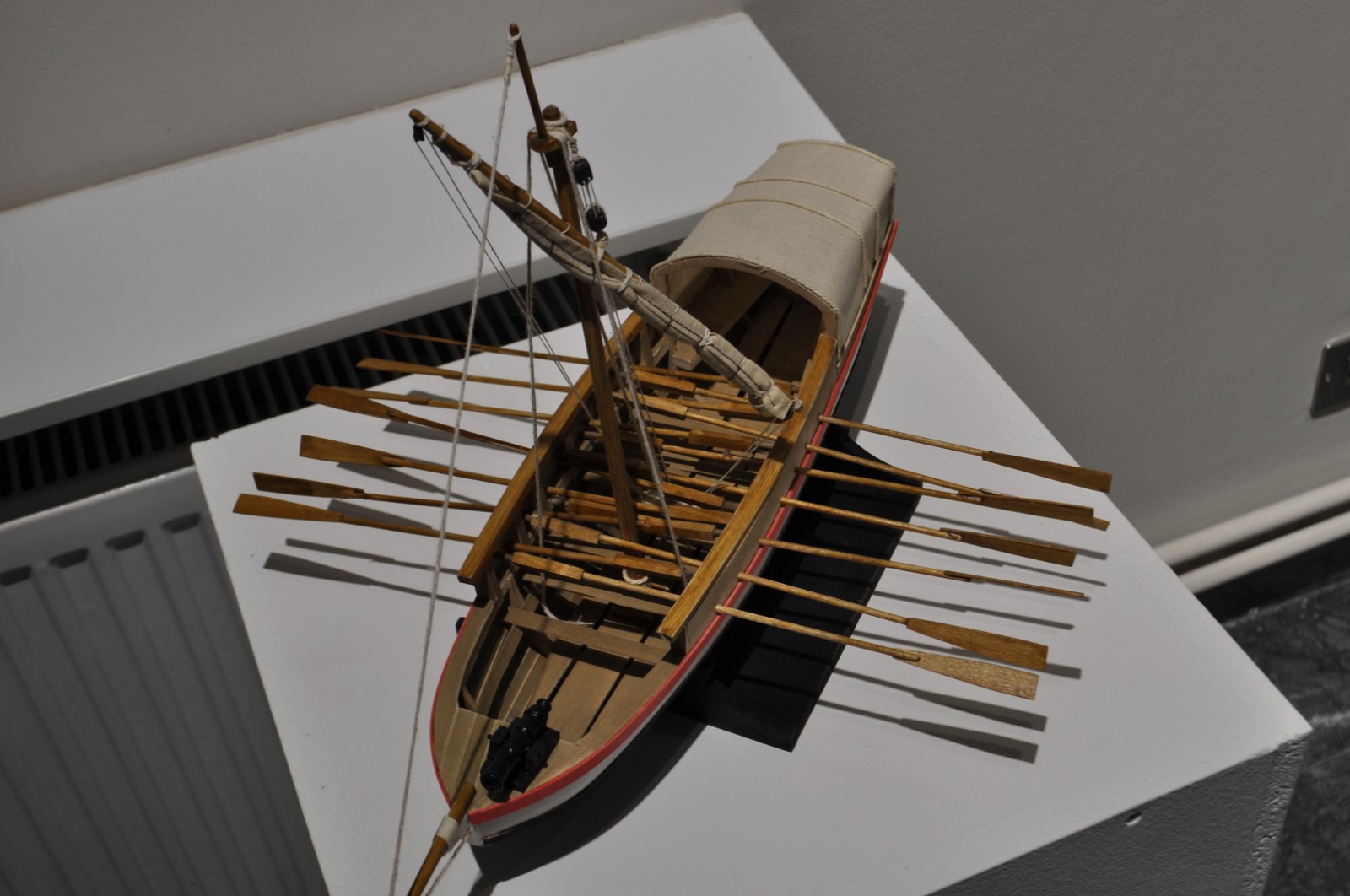
In the 21st century, ships are still an important part of our world, and are used for many purposes, including transportation, exploration, warfare, and recreation. Ships have evolved a lot over the course of the 20th century, and will likely continue to do so in the future.

However, with the development of ships comes certain environmental burdens, such as sea and air pollution. Therefore, it is important that when building and using ships, care is taken to protect the environment and preserve the ocean for future generations.
Wow these photos looks so nice and thanks for sharing every part of it.
I'm glad you like my photos
The rewards earned on this comment will go directly to the people( @emeka4 ) sharing the post on Twitter as long as they are registered with @poshtoken. Sign up at https://hiveposh.com.
The photos are nice, but the text sounds as if you are an expert in the history of ships, which I'm assuming you're not. Could you please cite the source of your facts?
This was an exhibition in a gallery, all this and even more than this was told to me by the guide through the gallery. I took notes and remembered what he told me
In the future, it might be a good idea to mention that in your post, so people aren't wondering if you copy pasted the info from another website.
Thanks for the reminder, you're right
Thank you for your help!Dear @sreten,Our previous proposal expired end of December and the Hivebuzz project is not funded anymore. May we ask you to review and support our new proposal (https://peakd.com/me/proposals/248)?